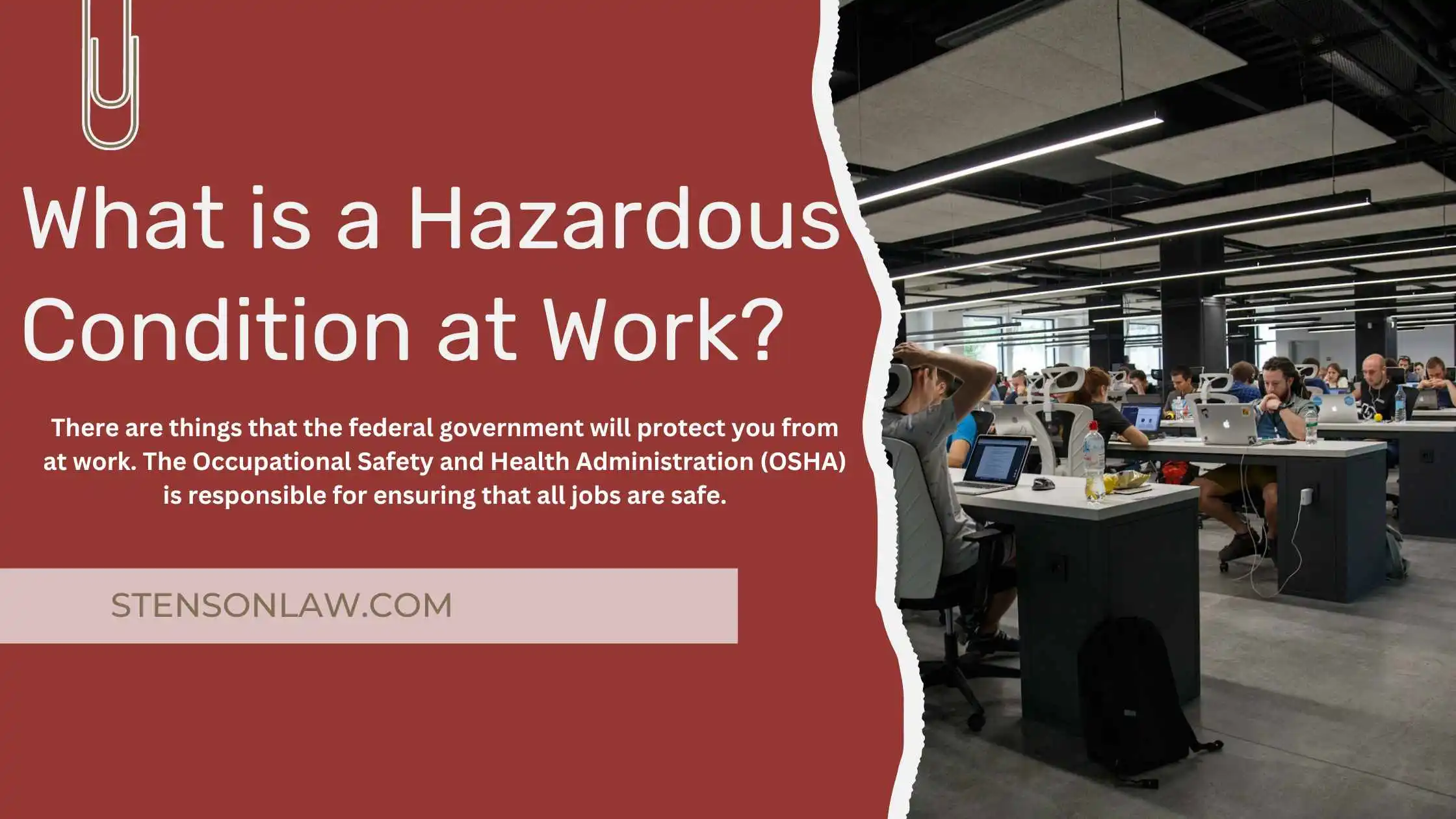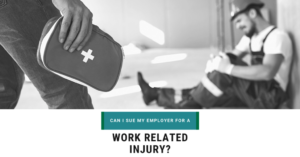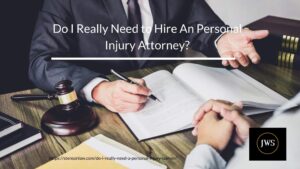Last updated on April 7th, 2024 at 12:29 pm
There are things that the federal government will protect you from at work. The Occupational Safety and Health Administration (OSHA) is responsible for ensuring that all jobs are safe.
Despite this, deaths and major injuries still happen at work. A worker may have been careless, which could have led to some of those accidents.
However, if something made the accident more likely, you should talk to a Los Angeles personal injury lawyer to determine if your rights were violated. Your Los Angeles personal injury lawyer (Stenson Law) is ready to talk to you about what happened and determine if you are eligible for any money for working in a dangerous place.

What does ” Hazardous condition” mean?
What you consider to be a dangerous situation will depend on your job. In any case, OSHA says that a dangerous condition is any action or event at work that has the potential to kill or seriously hurt someone. To be clear, OHSA lists a few things that must be true before a workplace can be thought of as dangerous or a threat of danger right now:
- There must be a real chance of death or major physical harm. “Serious physical harm” means that the damage is so bad that the body part can’t work at all or only partially.
- To be a health danger, toxic or other substances must be present and open to the public. Also, being exposed to danger must have the potential to shorten your life or make your mental or physical abilities much worse. The health risk doesn’t need to cause damage right away.
- It must be immediate or right away, which means that the danger could cause major harm or death very quickly or before OSHA could look into it.
- When an OSHA auditor sees a danger that can’t be ignored, they must tell the workers and the boss that OSHA must stop the danger.
- OSHA can ask a federal court to order the boss to eliminate the danger.
You should talk to your Stenson Law personal injury lawyer about your case if you think your job is unsafe or if you were hurt because of a danger there. You might be able to get money for your injuries, especially if the danger was known to have long-term effects.
Employer Responsibilities
The OSHA law says that companies must make sure their workplaces are safe. Here is a list of some of the most important duties that the boss has to carry out:
- The workplace should not have any dangers and follow the rules set by the OSH Act.
- Make sure that the setting meets OSHA requirements.
- Make sure that your workers use and take care of safe tools and equipment.
- Use boards, color codes, or signs to warn workers about possible dangers.
- Make, keep up, share safe operating procedures, and ensure workers follow the health and safety rules.
- Use simple words when teaching safety.
- Companies that use dangerous products must have a written communication plan and teach their workers about the risks they face.
- When OSHA says that medical checks and training are needed, they must be given.
- Put up the OSHA sign somewhere that people can see it.
- Within 8 hours of an accident that kills or seriously hurts someone, you must report it to the nearest OSHA office.
- All illnesses and accidents that happen at work must be recorded.
- Representatives, employees, and past employees should be able to see the log of illnesses and injuries at work.
- Make workers’ environmental and medical records available to them and their lawyers.
- It is necessary to give the OSHA compliance officer the names of workers’ lawyers who may be asked to go with the officer in charge of compliance during an inspection.
- People who use their rights in the OSH Act must not be treated unfairly if they do so.
- Citations from OSHA must be placed at or near the work site. No matter how long it takes to fix the problem or three business days, every penalty has to stay public until then.
- People cited for violations must fix them and return them to OSHA by the due date.
Simply put, working in a safe place with no hazards is your American privilege. If you work in an industrial plant or elsewhere where dangerous chemicals are used, you should know what those chemicals are and how to avoid them. If you think your rights have been abused in any way, you should talk to a personal injury lawyer at Stenson Law.
Who’s on the Hook? Identifying Responsibility for Hazards
Hazardous conditions can lurk anywhere, but who’s accountable for fixing them depends on the location.
- Private Property: The owner is responsible for addressing hazards on their property.
- Workplaces: The employer is legally obligated to maintain a safe environment, free from hazards.
Know Your Rights: In California, You Can Say No to Dangerous Work

California puts worker safety first. It’s okay to say no to work that could put your health or safety at risk immediately. Know this:
- When to Say No: You can say no to work that breaks Cal/OSHA rules or is clearly and immediately dangerous.
- Following Protocol: According to protocol, you should always tell your boss about the danger first so they have time to fix it.
- If Not Fixed: If your boss doesn’t fix the problem, you can directly tell Cal/OSHA about the danger.
Remember that you don’t have to leave the building to refuse dangerous work. You have the right to work in a safe place.
Taking Action: Reporting Hazards and Seeking Compensation
Notifying Cal/OSHA of dangers at work
You can complain to Cal/OSHA if your boss doesn’t fix a safety risk. It’s easy to do:
- Give Details: You’ll need the name and address of your boss, the place and time of the danger, and a clear description of the issue.
- Investigate: Cal/OSHA will either send a letter to your boss or do an on-site probe.
Employers Need to Be Held Responsible: Lawsuits for Personal Injuries
Harmful things at work can hurt people. Know this:
- Eligibility: You may be able to get money if you get hurt directly because of a known danger that wasn’t fixed.
- Damages: Money can be given to cover hospital bills and lost wages.
- Legal Help: A personal injury lawyer can help you get the money you’re owed and stop others from getting hurt similarly.
Don’t wait until someone gets hurt. Tell people about dangers and get legal help if you need to. Stenson law can help you get compensation if you get hurt at a Hazardous workplace. Contact us now to get a free consultation.





